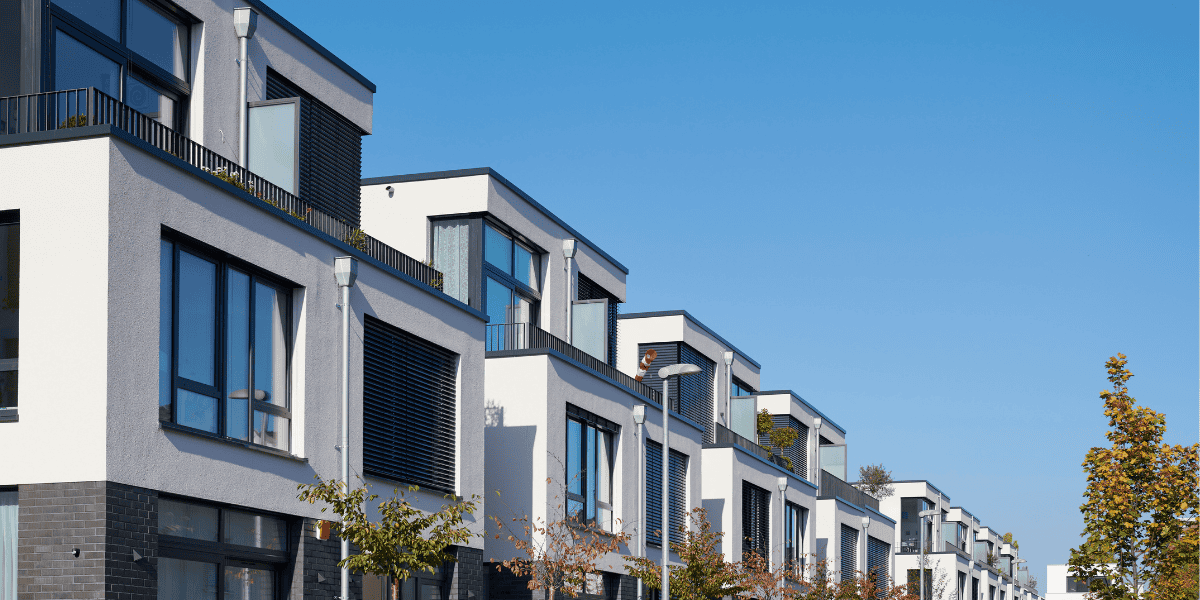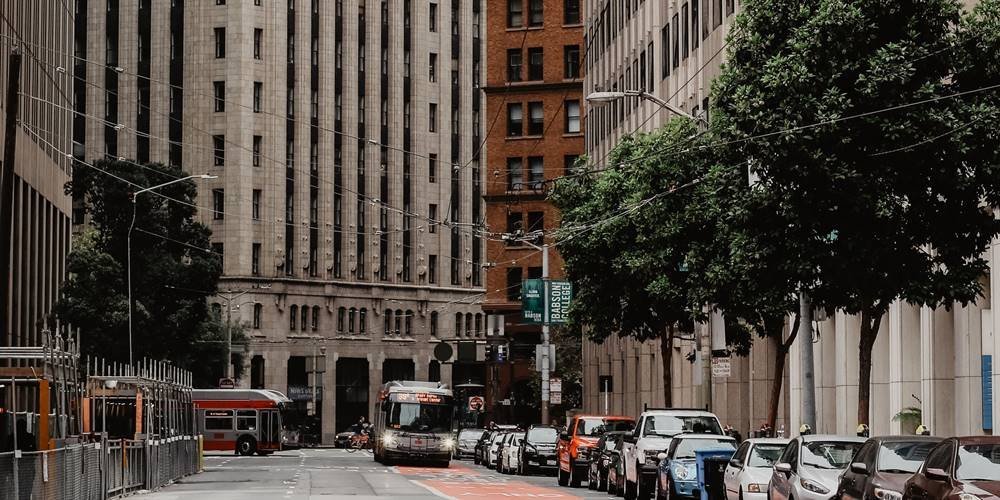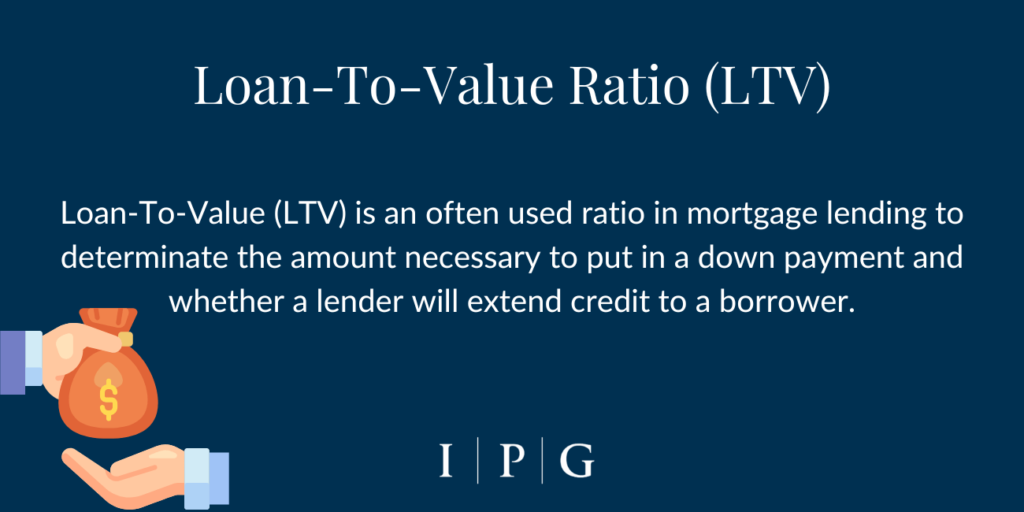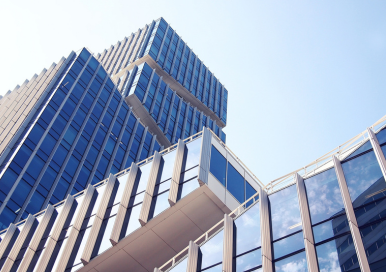East Bay Office Space Set for Major Housing Conversions

We’ve been hearing about office-to-residential conversions across California for years now, largely driven by a soft office market post-pandemic and a growing demand for housing. But despite all the buzz, many of these projects have struggled to get off the ground—until now.
Here in the East Bay, we’re starting to see real traction. According to a recent report from CBRE, roughly 15% of the I-680 corridor’s nearly 35 million square feet of office space could be redeveloped for housing or other uses by 2030.
So far, developers have already replaced 1.3 million square feet of office space with new housing and medical facilities. Another 3.9 million square feet is in the pipeline, with San Ramon, Walnut Creek, and Pleasanton leading the charge in new proposals.
Why This Region?
Unlike dense urban centers like San Francisco—where conversions often involve expensive overhauls of existing buildings—suburban markets along I-680 typically lean toward demolitions. The land is simply more adaptable here, and developers can move faster by clearing sites and starting fresh.
As CBRE’s Andy Schmitt points out, many owners are now exploring new strategies to preserve or grow their returns in a challenging office market.
“Owners that once had stable, income-producing properties are reassessing their options,” Schmitt explains. “Many are now evaluating adaptive reuse scenarios, where offices get replaced with medical, housing, or other property types.”
Demand Shifts and Policy Support
Even with some recovery in office leasing, vacancy rates remain elevated, especially as tenants downsize. At the same time, state housing mandates and local policy shifts—through measures like the Housing Element—are making it easier for developers to pursue residential projects.
Cities across the I-680 corridor are increasingly open to these changes, viewing conversions as a way to rejuvenate commercial areas, ease housing shortages, and stabilize office supply.
A Closer Look at I-680 Projects
One major factor fueling the East Bay’s appeal for residential conversions? Lot sizes. Larger suburban parcels allow developers to phase construction and limit upfront capital—unlike high-rise projects, which require large sums from the outset.
“You don’t have to build all 100 units at once,” says Schmitt. “You can start with 10 or 20, get the infrastructure in place, and scale gradually as you sell or lease units.”
That’s exactly the approach SummerHill Homes is taking with its CityVillage project at Bishop Ranch, where it’s building 404 homes—a mix of townhomes and single-family residences—on the site of a former 570,000-square-foot office property. They’re rolling out about 100 homes per year.
Bishop Ranch itself has become a major hub for this strategy, with a long-term goal to add 8,000 homes by 2040. It has already sold off some of its aging office properties for housing development—most recently, it sold a site formerly occupied by BMO Bank to KB Homes, which plans to demolish the 250,000-square-foot building for new residential construction.
Key Office Markets Seeing Change
Across San Ramon’s 7.2 million-square-foot office market, about 35.1% (2.8 million square feet) is expected to be demolished and redeveloped.
Walnut Creek’s Shadelands district could see a similar transformation. Out of its 1.7 million square feet of office space, nearly 36% (664,000 square feet) is expected to be removed. Already, around 106,000 square feet has been replaced with medical uses since 2019.
Big projects are in the pipeline, too. Oakland-based Signature Development submitted plans to demolish 450,000 square feet of office space in Shadelands to build 422 for-sale townhomes—potentially the district’s largest conversion yet.
Elsewhere in Walnut Creek, Trammell Crow applied to replace the 260,000-square-foot Pacific Plaza office complex at 1340 Treat Blvd with a six-story, 400-unit apartment project.
Pleasanton, meanwhile, has seen a wave of office-to-medical conversions since 2019, totaling 162,000 square feet. Looking ahead, another 918,000 square feet of office space—about 13% of the city’s total market—could be cleared for housing by 2030.
Why Some Owners Are Holding Off
Of course, redevelopment isn’t a fit for every owner. These projects take time, and costs can be substantial. Schmitt points out that some owners—especially those who’ve held properties long-term—can afford to wait for market conditions to improve.
But others, particularly investors who bought with short-term strategies, could face tough choices as values fall below what they originally paid.
“In some cases, you’ve got prime sites that would make sense for redevelopment—but owners may hesitate if their properties are still performing today,” Schmitt says. “It’s always a balancing act between current cash flow and long-term opportunity.”




